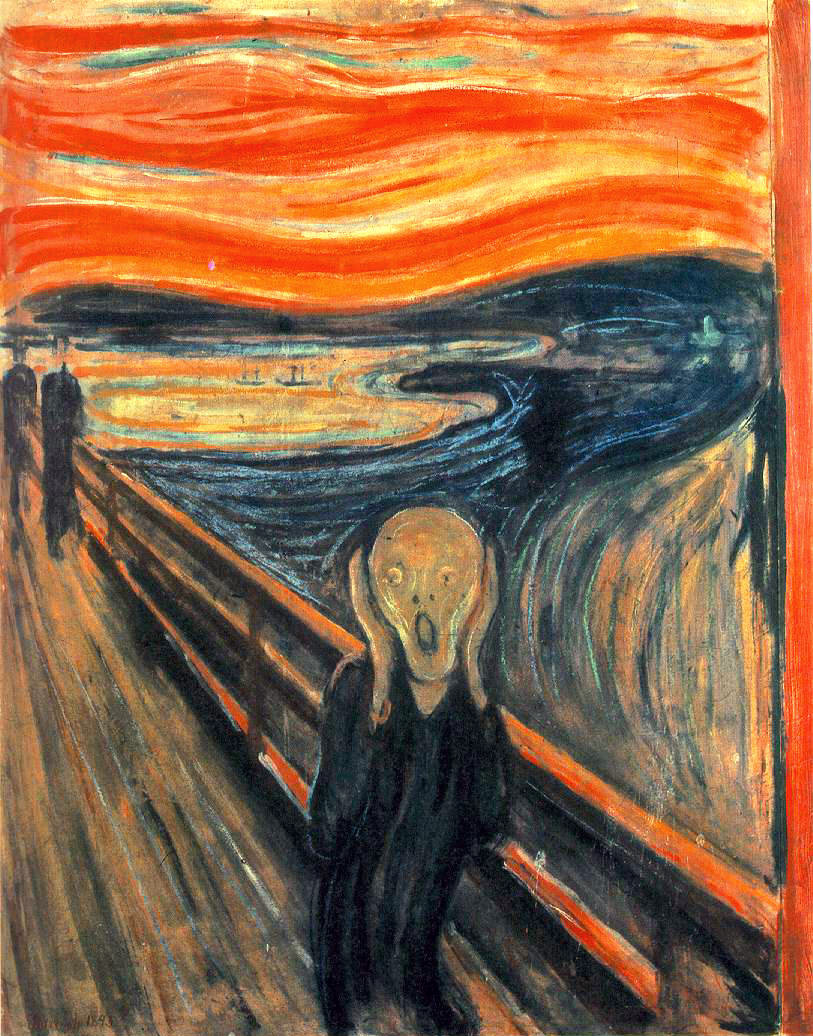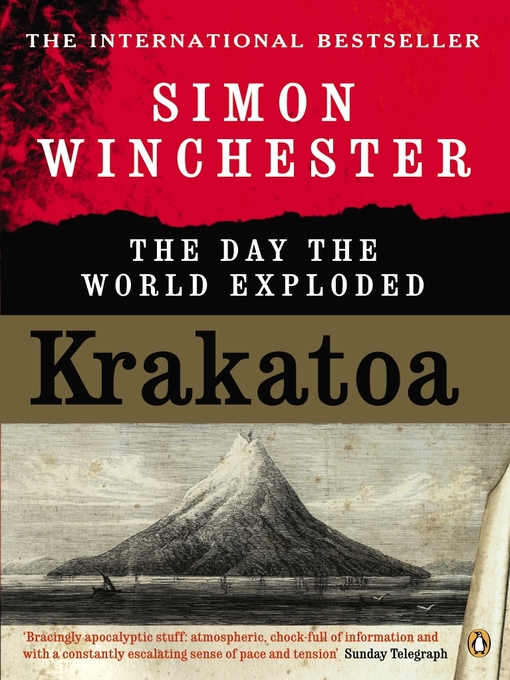Analysis of very famous paintings are not always the easiest thing to do. Despite all the information exchanged over and over again about this specific painting, I always tend to find something new about it.
So this time around, I will explain some of the different techniques he used and also I fell over some very interesting information about the historical context of this painting that I have never encountered before.
The painting is executed as an unmediated coloring, with formal distortions and shaky lines that do not let the eye find peace. What is amazing is that if one was not formally introduced to this painting, it would be nearly impossible to figure out which one was to be the original one.
The strokes of the blush are executed in so many different patterns. If one focuses in the middle dark blue area, it is to be seen that sharp/bent correlations are connected to the move of liberal strokes in the lighter colors around it.
The focus is pretty easy to recognize (the actual "screamer"), but yet it is what I would describe as a floating-fluctuation-world.
Now for the historical context, I have always wondered why there were two spectators in the back. Of all the art classes, art seminars, and museum visits I have taken, they were solely described as spectators as far as I can remember, but fascinating enough, I am very excited that I found a cause for the effect.
The volcano, Krakatoa went in a violent eruption in August 1883, and it had sent huge masses of ash and dust in the atmosphere. It is also described as the day the world exploded in a book by Simon Winchester.
The dust and ashes had been spreading from Indonesia to most of the Earth where light reflections caused extraordinarily colorful sunsets until the beginning of 1884. Among the whole world, Norwegians in Oslo could encounter an unprecedented blood-red sunset in the months of November 1883 all the way till February 1884.
Linked with his life of sorrow, femme-fatale, and the volcano eruption was just the right ingredients to create this masterpiece, and today a endless amount of paraphrases with probably the most famous one next to the painting itself being scream, the movie.





No comments:
Post a Comment